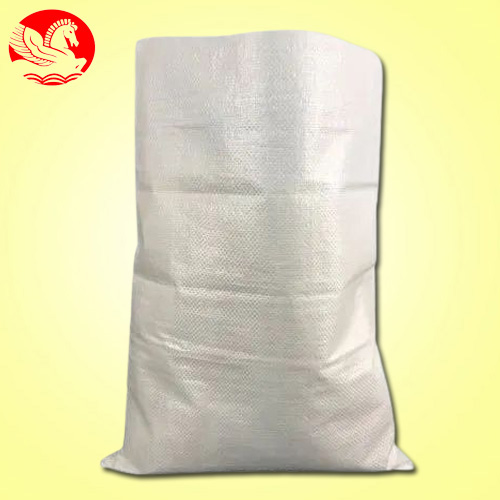Introduction
High-density polyethylene (HDPE) bags, often referred to as HDPE plastic bags or HDPE PP bags, are a staple in the world of packaging. Renowned for their versatility, durability, and environmental benefits, HDPE bags have earned a prominent place in various industries. In this blog, we'll explore the world of HDPE bags, their unique characteristics, applications, and the role they play in sustainable packaging.
HDPE Plastic Bags: The Basics
HDPE is a type of plastic known for its high strength, chemical resistance, and suitability for various applications. When this material is used to create bags, it results in HDPE plastic bags that offer a wide range of benefits:
Strength: HDPE bags are exceptionally strong and can withstand the rigors of transportation, making them ideal for packaging heavy or sharp-edged items.
Versatility: These bags come in various sizes and styles, from simple grocery bags to heavy-duty industrial sacks, catering to a diverse array of industries.
Chemical Resistance: HDPE bags are resistant to moisture and many chemicals, protecting the contents from external influences.
Recyclability: HDPE is a highly recyclable material, making these bags an eco-friendly choice.
Applications of HDPE Bags
HDPE bags are widely used in a multitude of industries due to their versatility and durability:
Retail and Grocery: You'll find HDPE bags in most grocery stores and retail outlets, providing a convenient and hygienic way to transport goods.
Industrial and Manufacturing: These bags are used for packaging industrial materials, parts, and products, benefiting from their robustness.
Agriculture: In agriculture, HDPE bags are used for storing and transporting grains, seeds, fertilizers, and other farm products.
Construction: They serve as reliable containers for construction materials such as cement, sand, and gravel.
Medical and Healthcare: In the healthcare industry, HDPE bags are used for the safe and sterile disposal of medical waste.
Environmental Initiatives: Many environmentally conscious organizations use HDPE bags as an eco-friendly alternative to reduce single-use plastic waste.
Sustainable Packaging with HDPE Bags
The environmental impact of plastic bags has been a subject of concern. However, HDPE bags stand out as a more sustainable choice compared to their counterparts, such as single-use low-density polyethylene (LDPE) bags. Here's how they contribute to sustainability:
Recyclability: HDPE is one of the most readily recyclable plastics. When properly collected and processed, HDPE bags can be transformed into new products, reducing the demand for virgin materials.
Resource Efficiency: HDPE bags are lightweight, which means they use fewer resources during production and transportation compared to heavier alternatives.
Lower Carbon Footprint: The energy required to manufacture HDPE bags is relatively low, contributing to a lower carbon footprint compared to other packaging materials.
Conclusion
HDPE PP bags, characterized by their strength, versatility, and sustainability, are a testament to the ongoing evolution of packaging materials. These bags serve a vital role in various industries and have embraced sustainability by being highly recyclable and resource-efficient. As the world of packaging continues to adapt to environmental concerns, HDPE bags remain a reliable and eco-conscious choice for both businesses and consumers, demonstrating the harmonious coexistence of functionality and sustainability in modern packaging solutions.

Comments
Post a Comment